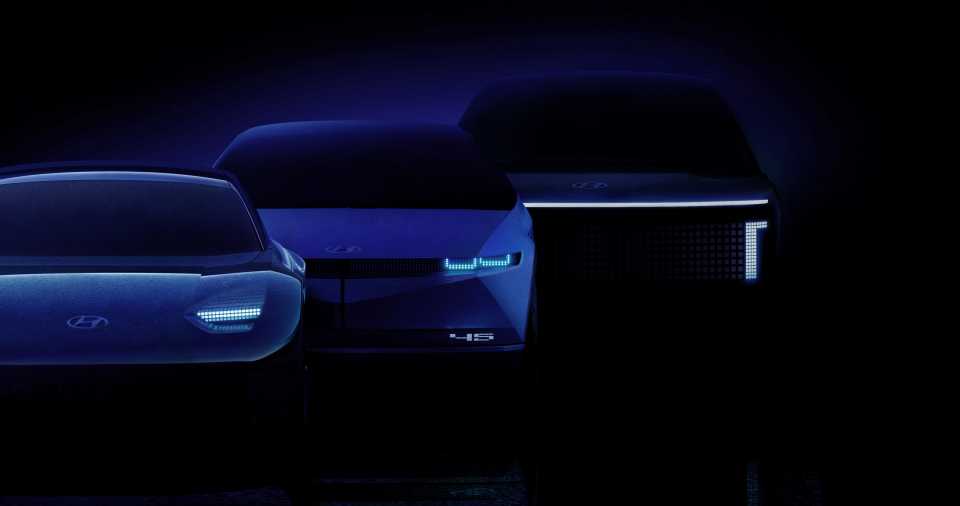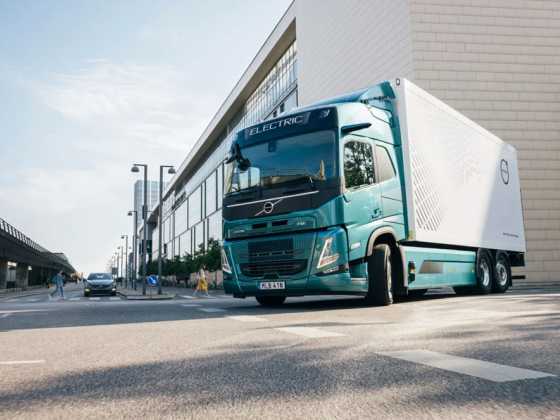Hyundai announces launch of further IONIQ electric vehicles

Hyundai Motor Company will be using the IONIQ term to brand its future electric vehicles and EV customer experiences.
Hyundai first introduced the term IONIQ, which fuses “ion” and “unique”, when it announced Project IONIQ, a long-term research and development project focused on eco-friendly mobility. Based on the project, Hyundai in 2016 introduced a vehicle named IONIQ, the world’s first and only model to offer a choice of three electrified powertrain options – hybrid electric, plug-in hybrid and battery electric – within a single body type. Now, IONIQ represents Hyundai’s growing commitment to sustainability and innovation and will be instrumental in achieving the company’s clean mobility goals.
Hyundai will be launching a range of numerically named EVs under the new brand, with the even numbers used for sedans and the odd numbers for SUVs.
The first model under the IONIQ brand will be the IONIQ 5 midsize CUV that will launch in early 2021. IONIQ 5 is based on the concept EV ‘45’, which Hyundai unveiled at the International Motor Show (IAA) 2019 in Frankfurt as a homage to its very first concept car. IONIQ 5’s designers took inspiration from the past and integrated it with cutting-edge parametric pixels, a unique design element that Hyundai designers will continue to incorporate into future IONIQ models.
In 2022, Hyundai will introduce IONIQ 6 sedan, which is based on the company’s latest concept EV ‘Prophecy’, unveiled in March; followed by IONIQ 7, a large SUV in early 2024. Prophecy’s iconic exterior design is characterized by its aerodynamic silhouette of perfect proportions.
IONIQ brand models will sit on an Electric Global Modular Platform, known as E-GMP, that will enable fast charging capability and plentiful driving range.
The EV-dedicated platform will allow Hyundai to reimagine the vehicle interior as “smart living space” with highly adjustable seats, wireless connectivity and unique features such as a glove box designed as drawers. The platform paradigm shift will extend into the user interfaces that will be simple, intuitive and ergonomically designed to help occupants feel at ease.



